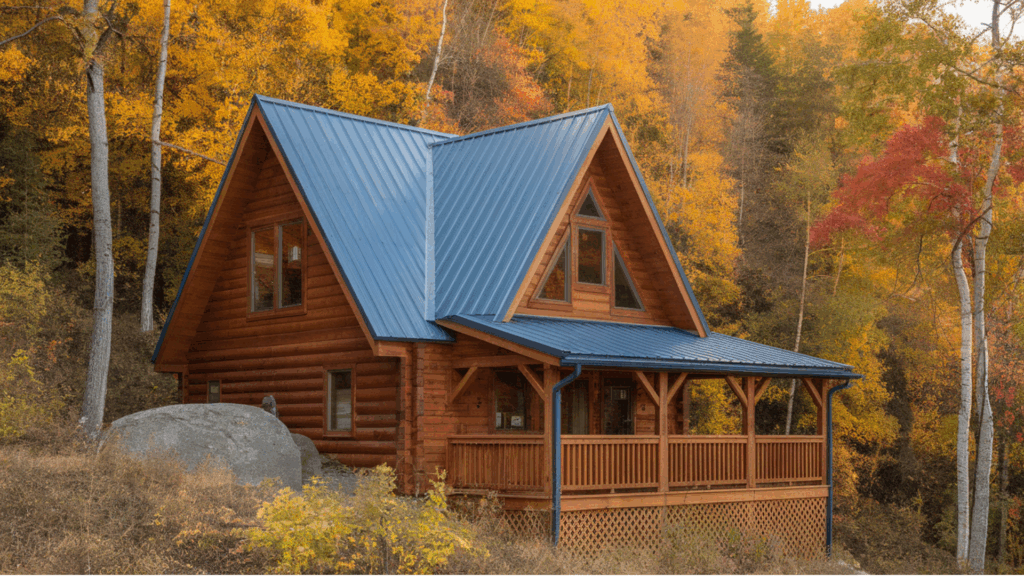Dreaming of a peaceful retreat away from the city’s chaos? Cabins have become more than just weekend getaways; they’re now popular choices for vacations, remote work, and even permanent homes.
If you’re a nature lover, a weekend warrior, or someone looking to escape the daily grind, this guide is your roadmap to finding the perfect cabin style.
I’ve researched these unique cabin designs that cater to different tastes, budgets, and lifestyles. From rustic mountain hideaways to modern woodland escapes, I’ll help you:
- Understand different cabin styles
- Match cabin types to your personal needs
- See design options you might not have considered
By the end of this blog, you’ll be equipped with the knowledge to choose a cabin that feels like home.
Why Cabin Styles Matter?
Cabin styles play a big role in how your space looks, feels, and functions. Choosing the right style helps create a cabin that matches your personality and lifestyle.
A rustic log cabin can feel warm and cozy, while a modern style brings a clean and open look.
Your style choice also makes it easier to pick matching furniture, colors, and decorations, both for static or portable cabin types.
It maintains a consistent and inviting design. Plus, a well-chosen cabin style can add value to your property and make it stand out.
If you’re building new or updating an old space, the style you pick sets the tone for everything that follows
Consider these factors:
- Your lifestyle
- Budget constraints
- Local building regulations
- Personal preferences
Popular Cabin Styles and Their Benefits
If you’re a nature lover, a minimalist, or someone seeking luxury in the wilderness, there’s a cabin style waiting to capture your heart.
1. Log Cabin
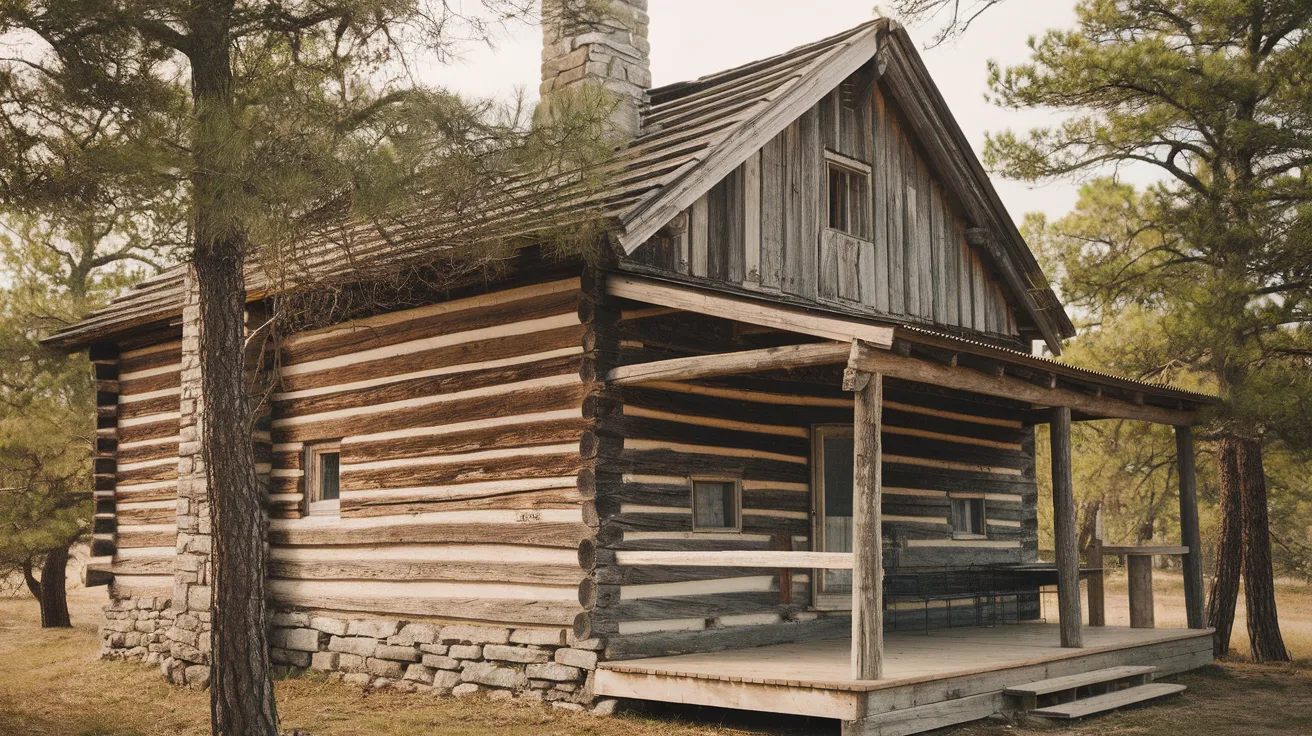
Picture a home that whispers stories of wilderness and tradition. Log cabins bring the forest indoors, with massive wooden walls that tell tales of craftsmanship.
Each log carries the warmth of nature, creating a space that feels both rugged and inviting.
The thick walls speak of protection, keeping you cozy when winter winds howl outside.
Construction Methods:
- Hand-hewn logs stacked horizontally
- Interlocking corner joints
- Typically uses local timber
- Can be built on various foundation types
Benefits:
- Excellent natural insulation
- Strong connection to nature
- High durability
- Excellent sound and temperature regulation
2. A-Frame Cabin
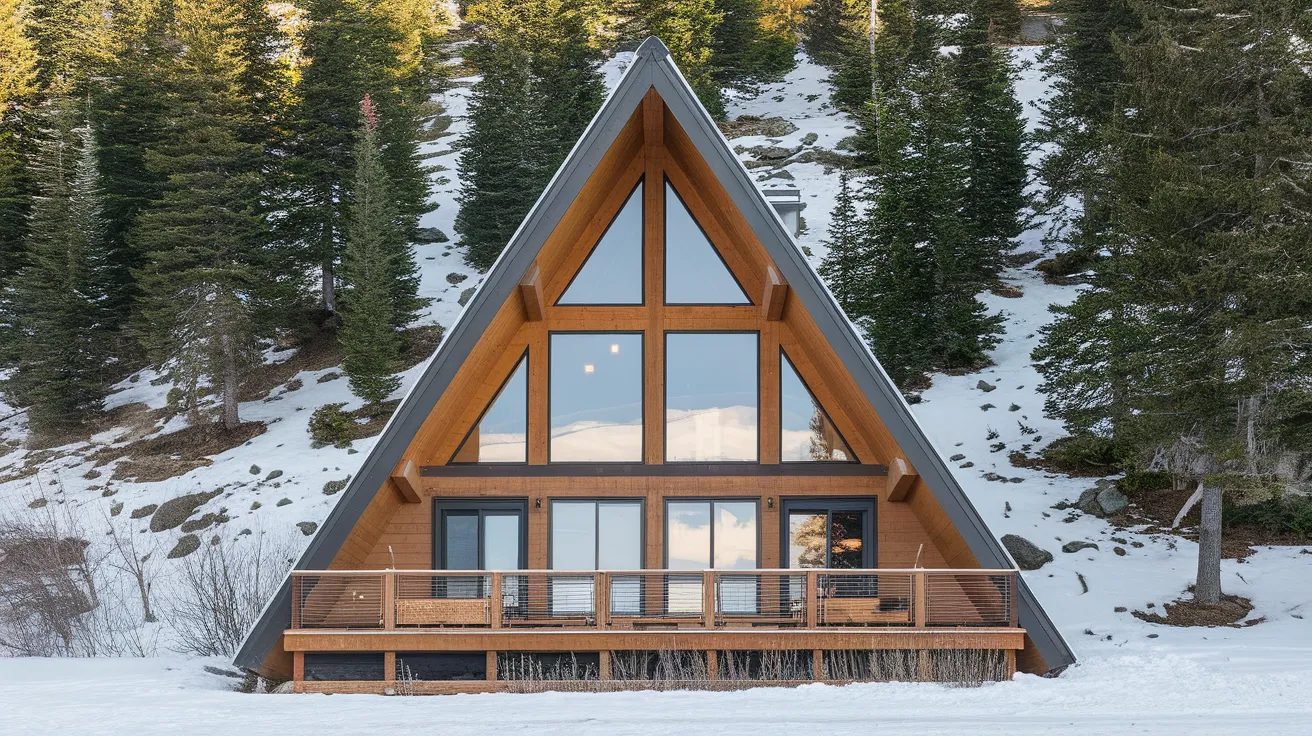
Imagine a cabin that looks like a giant triangle plucked from a child’s drawing.
A-frame cabins are the rebels of architectural design, with steep roof angles that laugh in the face of heavy snow and rain.
These unique structures maximize interior space while creating a distinctive silhouette that turns heads.
Construction Methods:
- Steep triangular roof extending to ground level
- Prefabricated panels can be used
- Simple post and beam foundation
- Large glass windows on gable ends
Benefits:
- Maximized interior space
- Simple construction
- Affordable building process
- Unique visual appeal
3. Timber Frame Cabin
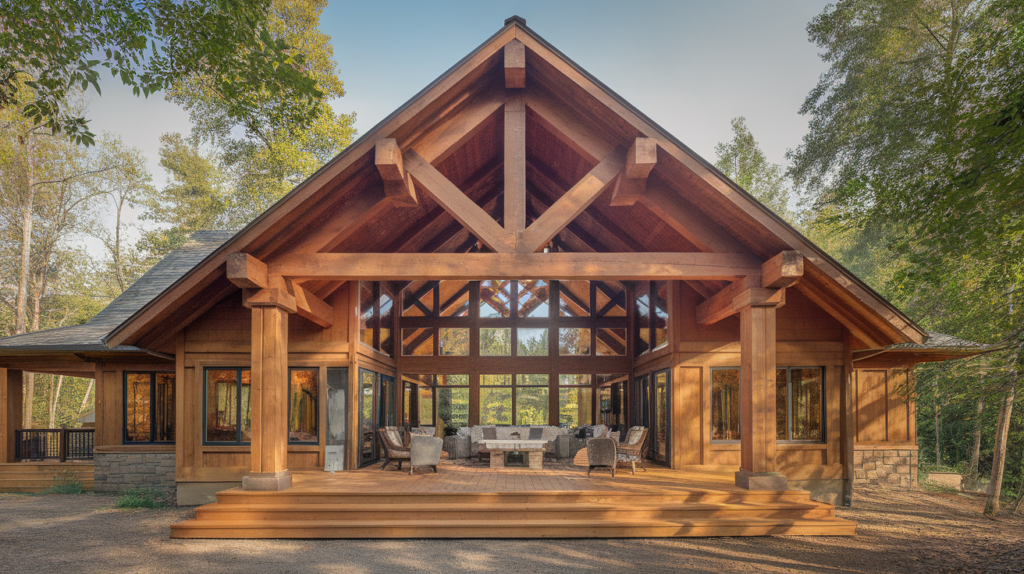
Timber frame cabins are like wooden symphonies.
Massive wooden beams join together without modern metal fasteners, creating intricate joints that showcase true woodworking skill.
Each beam tells a story of precision, strength, and artisan craftsmanship that goes beyond simple shelter.
Construction Methods:
- Large wooden beams cut and shaped precisely
- Traditional mortise and tenon joinery
- Open frame design with infill walls
- Typically raised on a stone or concrete foundation
Benefits:
- Exceptional structural strength
- Long-lasting construction
- Great thermal performance
- Allows for open, spacious interiors
4. Post and Beam Cabin
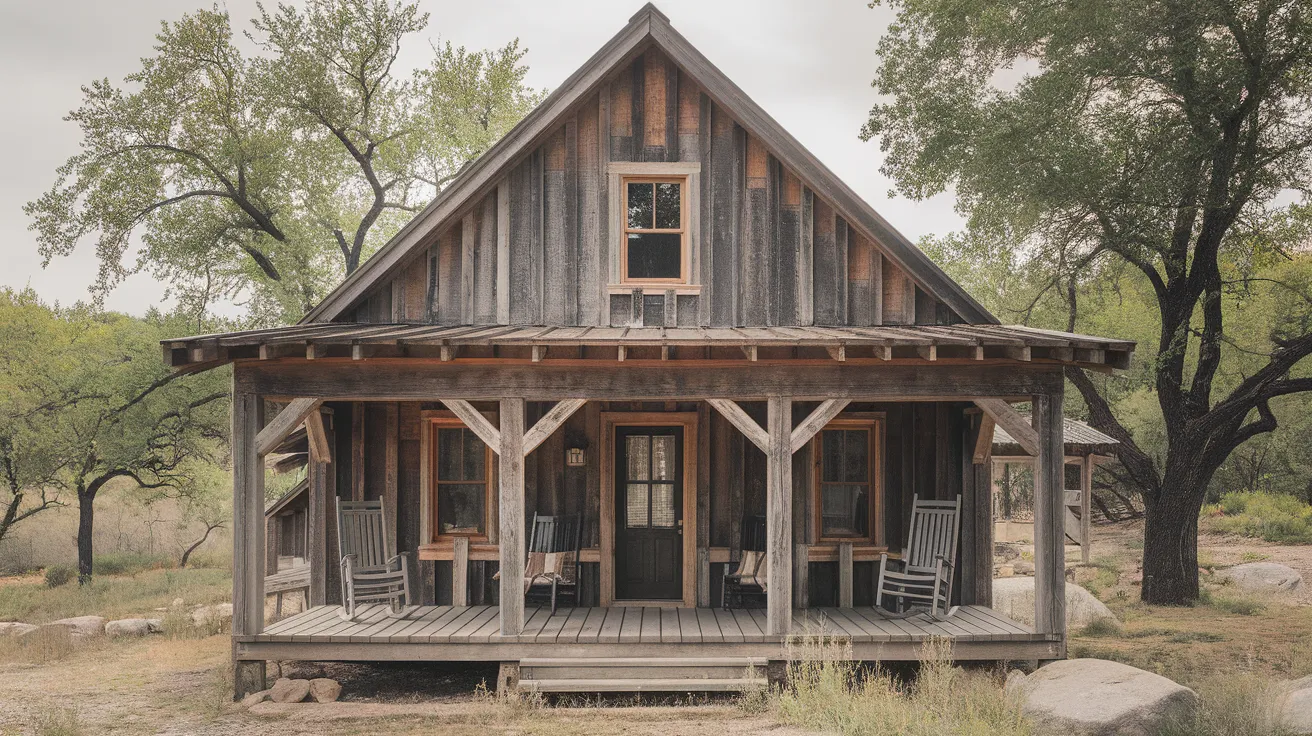
Imagine a dance of wooden posts and horizontal beams. Post and beam cabins create open, breathtaking spaces that feel both sturdy and light.
The construction method allows for massive windows and incredible interior flexibility, making each space feel like a custom-designed masterpiece.
Construction Methods:
- Open floor plan design
- Can use various infill materials
- Flexible foundation options
- Often incorporates large window sections
Benefits:
- Incredible design flexibility
- Large, open interior spaces
- Natural light optimization
- Allows for creative floor plans
5. Chink Cabin
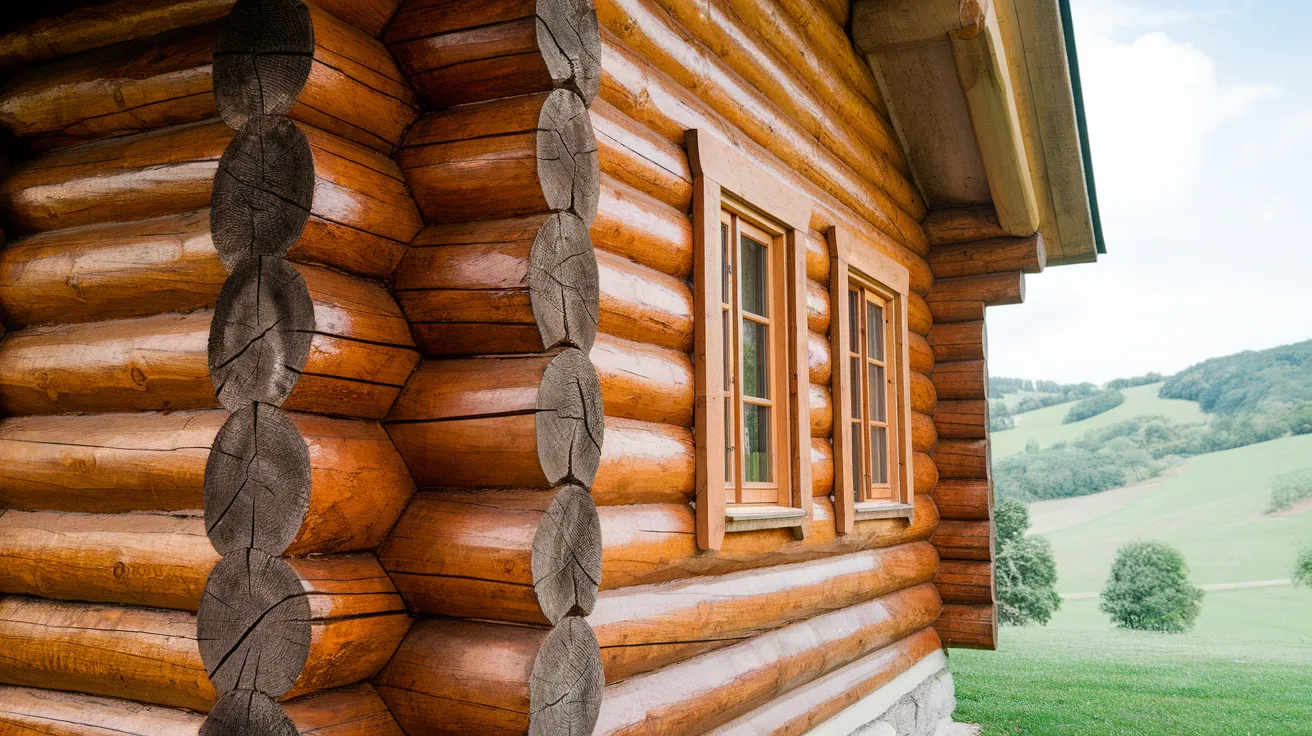
Chink cabins are like cozy sweaters for wooden structures. The spaces between logs are filled with traditional materials, creating a tight seal that keeps warmth inside.
It’s a method that combines old-world beauty with practical comfort, making each cabin feel like a time-honored home.
Construction Methods:
- Logs stacked horizontally
- Gaps between logs filled with chinking material
- Traditional materials like clay, moss, or modern sealants
- Careful alignment of logs
Benefits:
- Superior insulation
- Excellent temperature control
- Prevents drafts
- Adds visual texture to walls
6. Full-Scribe Log Cabin
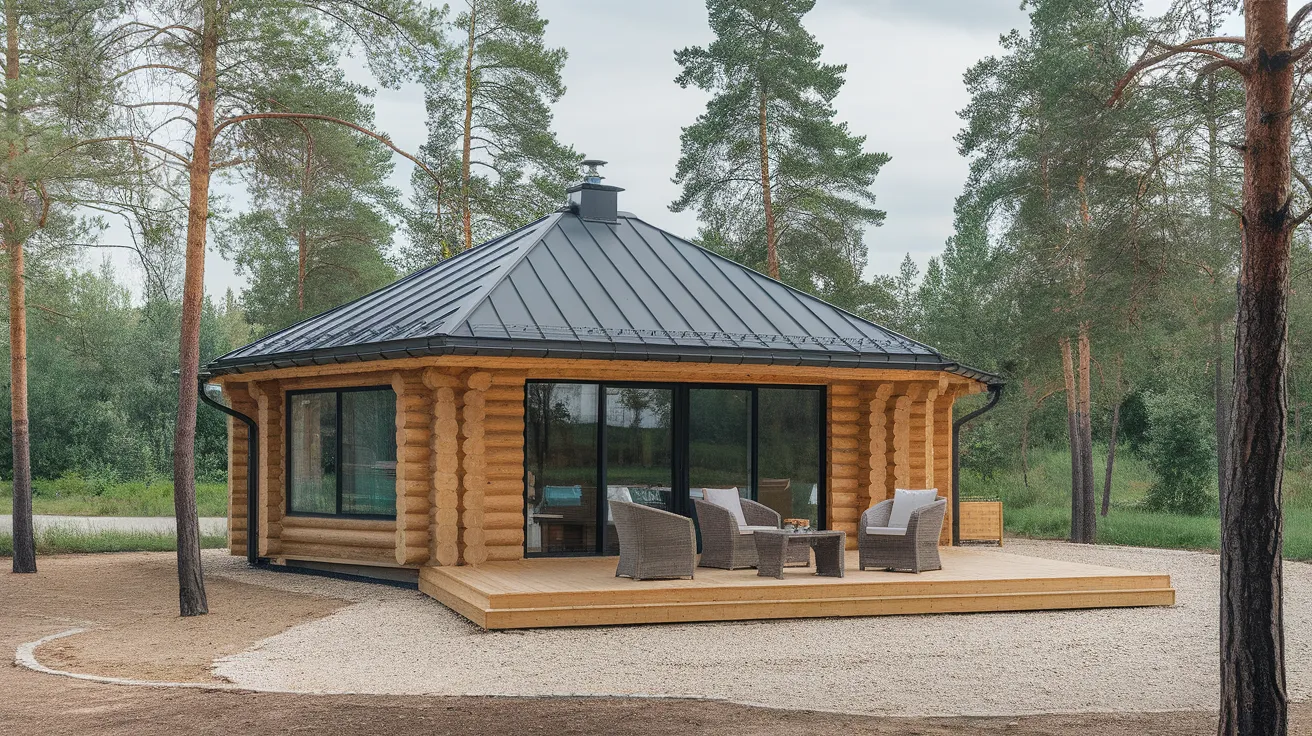
Full-scribe log cabins are a precision woodworking art.
Each log is carefully shaped to fit perfectly with its neighbors, creating seamless walls that look like they grew together naturally.
It’s carpentry that’s more like sculpture, with logs nestled together without gaps.
Construction Methods:
- Precise scribing technique
- Minimal gaps between logs
- Complex joinery at corners
- Typically uses locally sourced timber
Benefits:
- Exceptional weather tightness
- Minimal air infiltration
- High-quality craftsmanship
- Natural thermal properties
7. Milled Log Cabin
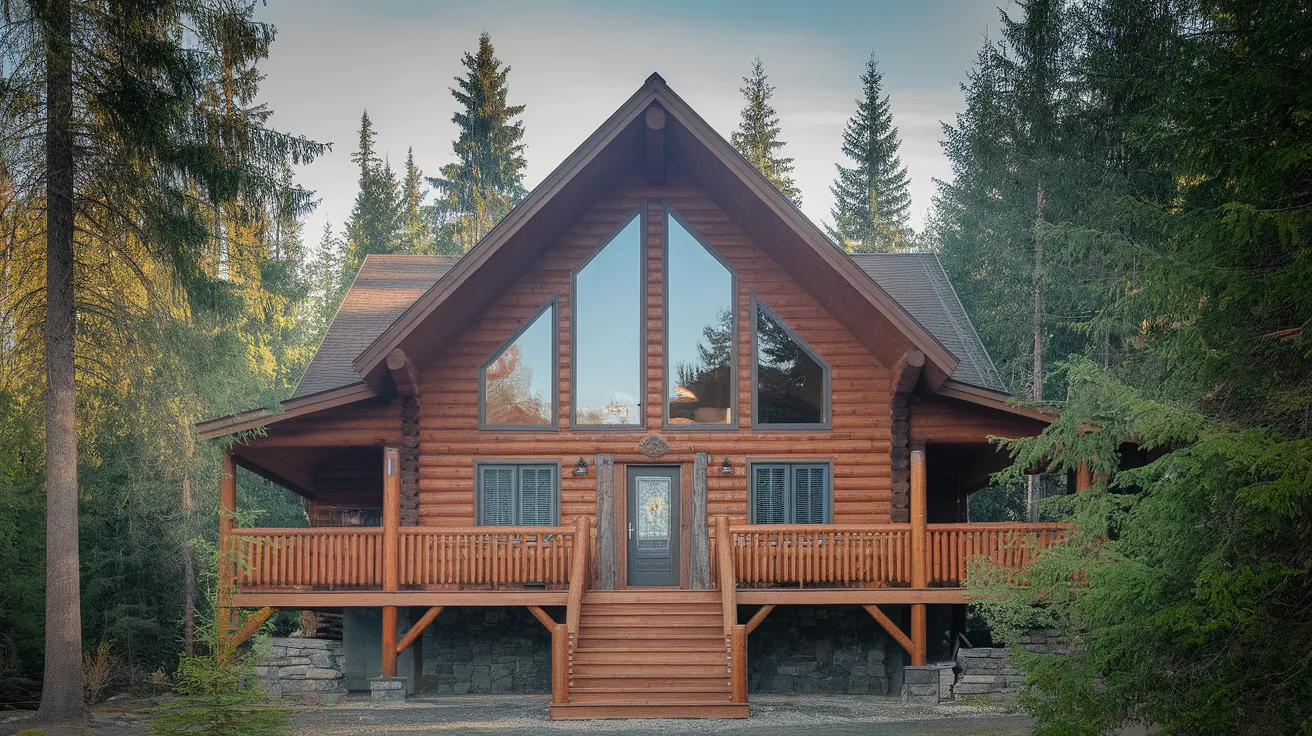
Milled log cabins bring factory precision to rustic living. Each log is machine-cut to create uniform sizes and shapes, making construction more predictable and streamlined.
Think of it as the ready-to-wear version of log cabin construction, and consistent.
Construction Methods:
- Machine-cut logs to uniform dimensions
- Precise factory manufacturing
- Simplified assembly process
- Interlocking or notched log systems
Benefits:
- Consistent sizing
- Easier construction process
- Predictable building timeline
- Clean, uniform appearance
8. Modular or Prefab Cabin
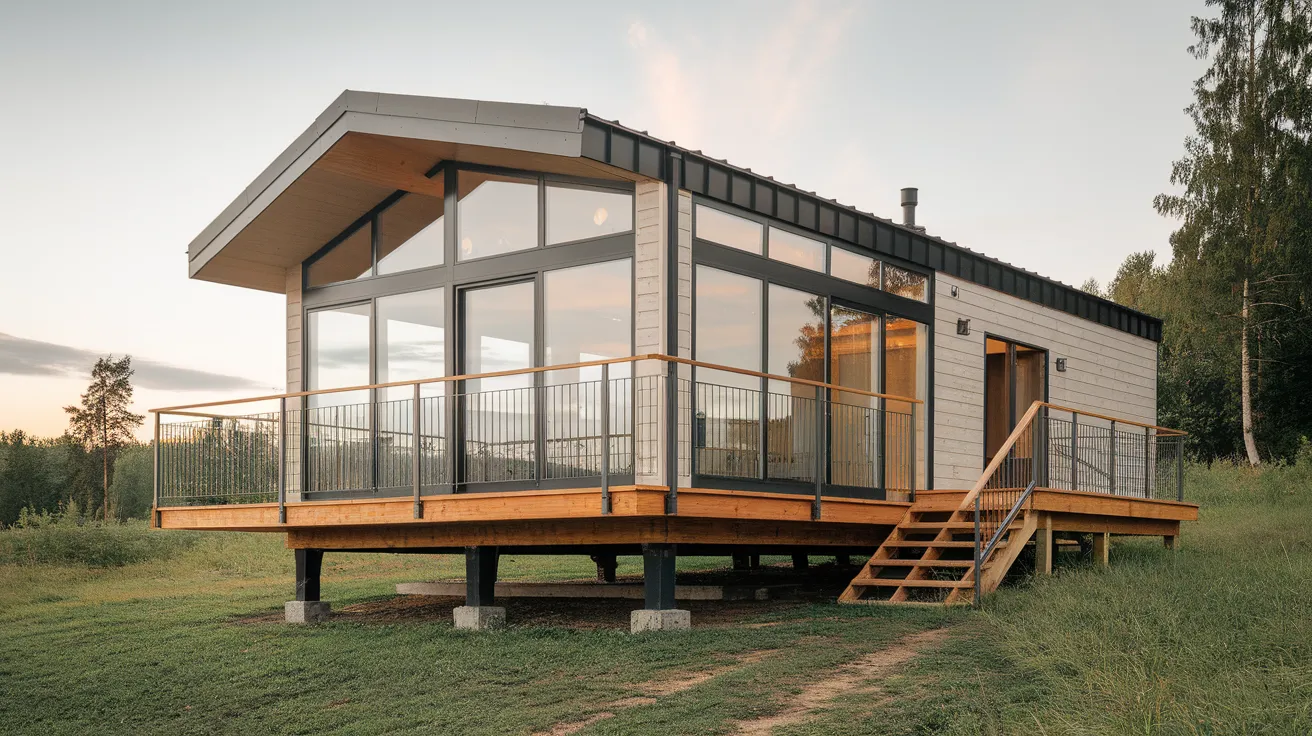
Imagine a cabin delivered like a giant LEGO set. Modular cabins are built in sections at a factory, then transported and assembled on-site.
It’s speed and efficiency wrapped in architectural dreams, bringing modern living to remote locations with minimal fuss.
Construction Methods:
- Manufactured in factory sections
- Transported on trucks
- Standardized building components
- Can be customized in design and finish
Benefits:
- Faster construction time
- Lower overall costs
- Reduced on-site waste
- Flexibility in design
9. Tiny Cabin
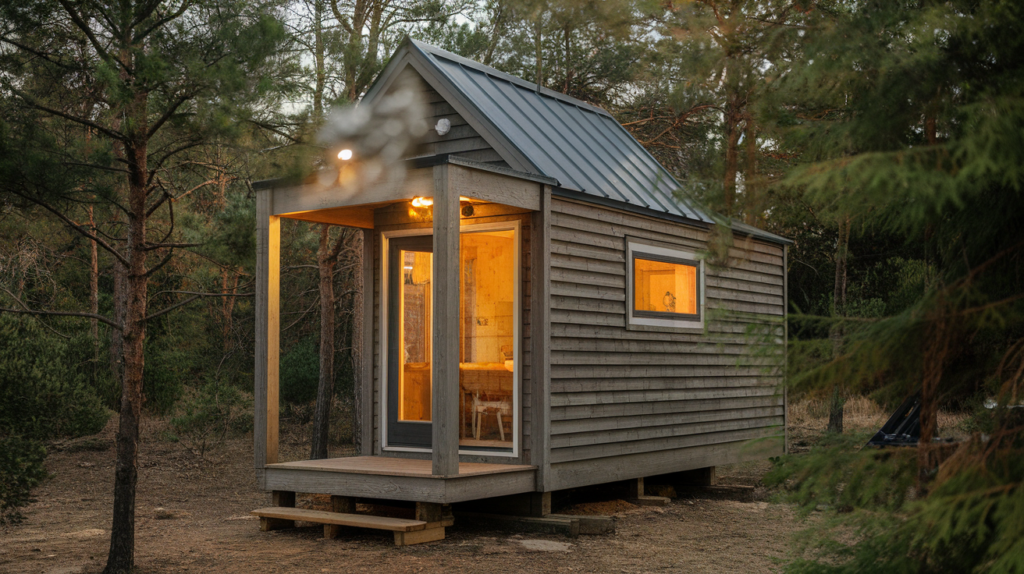
Tiny cabins prove that less can be absolutely more. These compact wonders maximize every square inch, creating efficient spaces that feel surprisingly spacious.
It’s like solving a complex puzzle where every piece has a perfect purpose.
Construction Methods:
- Compact, efficient design
- Often built on trailer chassis
- Modular and movable options
- Maximized vertical space utilization
Benefits:
- Lower construction costs
- Easy maintenance
- Mobility options
- Simplified living
10. Scandinavian Cabin
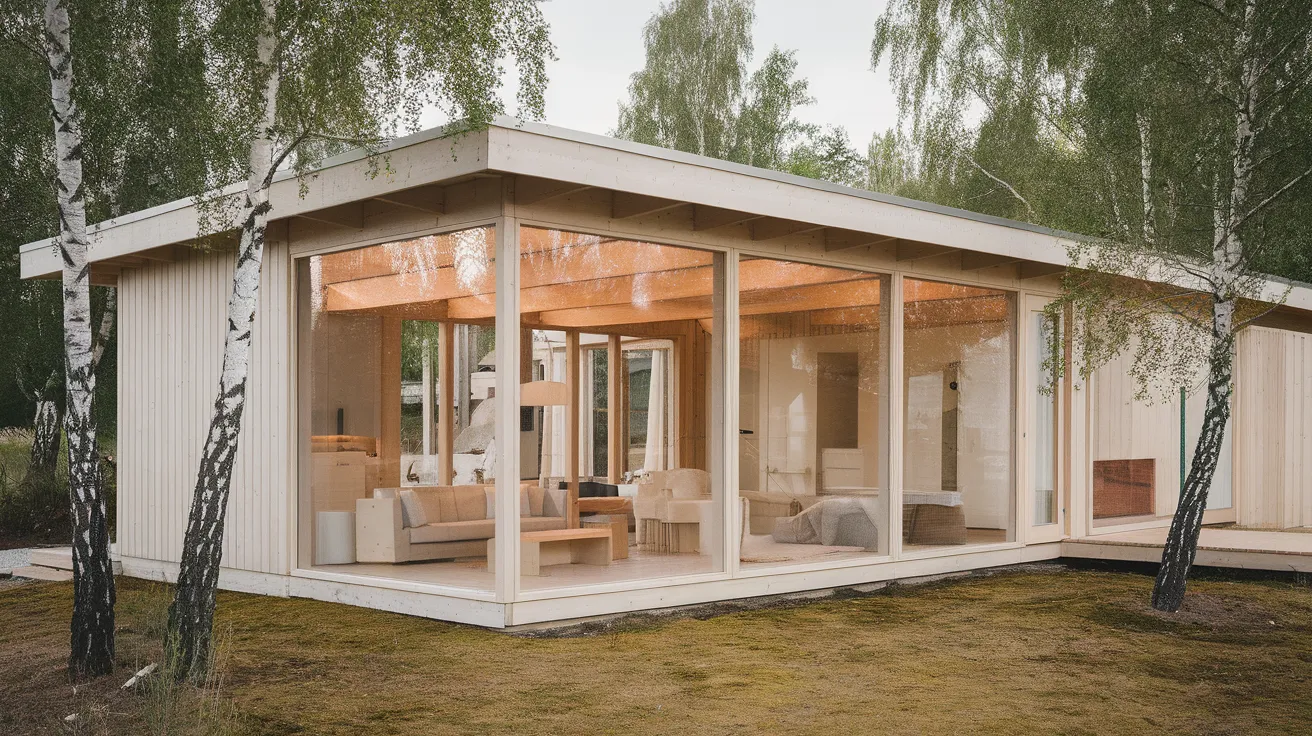
Nordic design meets cozy retreat. Scandinavian cabins embrace simplicity, light, and functionality.
Imagine spaces that breathe – clean lines, large windows, and a connection to the surrounding landscape that feels almost magical.
Construction Methods:
- Large window installations
- Light, neutral color palette
- Simple, clean geometric shapes
- Emphasis on natural materials
Benefits:
- Maximized natural light
- Clean, simple design
- Stress-reducing
- Connection with nature
11. Luxury Cabin
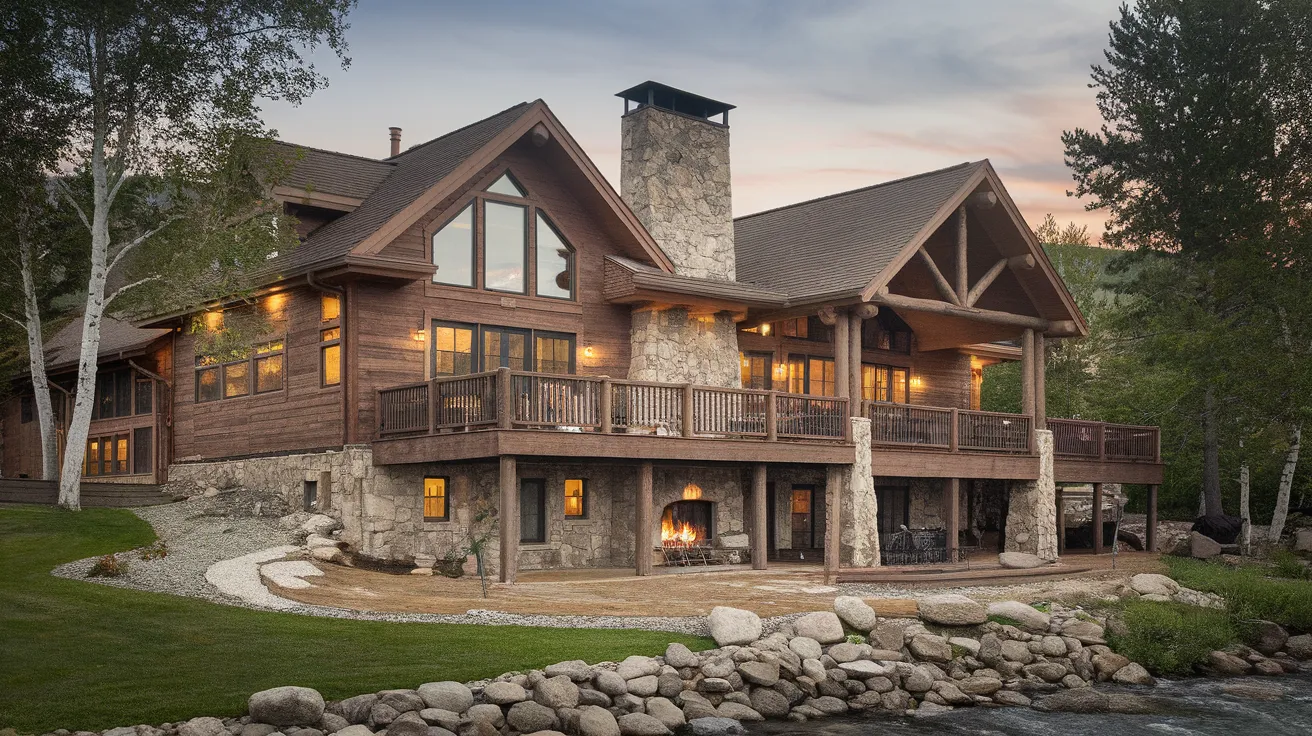
Where comfort shakes hands with pure indulgence, luxury cabins are like five-star hotels nestled in nature.
Think heated floors, gourmet kitchens, and views that belong on postcards. Every detail screams comfort and style.
Construction Methods:
- High-end custom construction
- Advanced materials and technologies
- Premium insulation and systems
- Often includes smart home features
Benefits:
- High-end amenities
- Exceptional comfort
- Premium materials
- Relaxation space
12. Eco-Friendly Cabin
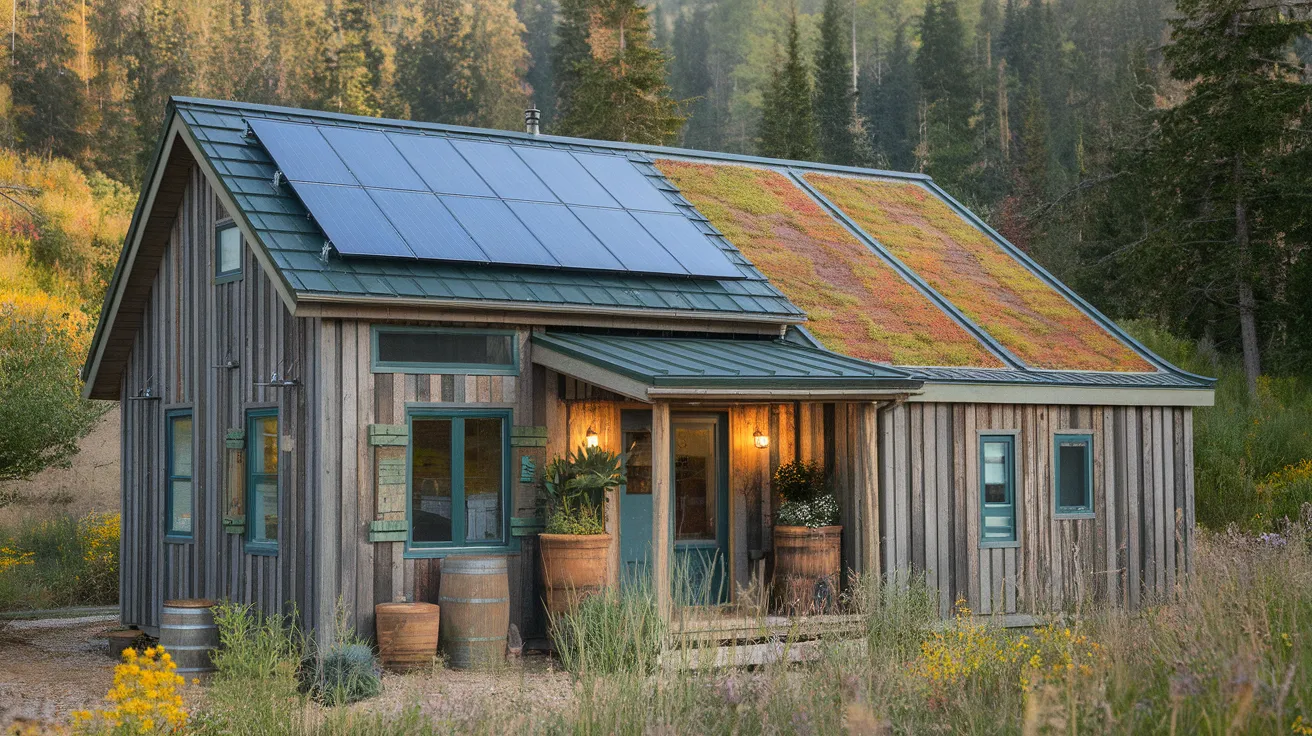
Nature’s best friend in architectural form. Eco-friendly cabins use sustainable materials, solar power, and smart design to minimize environmental impact.
It’s a home that gives back to the planet, one wooden beam at a time.
Construction Methods:
- Sustainable and recycled materials
- Solar panel integration
- Minimal environmental disruption
- Advanced energy-efficient technologies
Benefits:
- Reduced carbon footprint
- Lower energy costs
- Sustainable materials
- Healthy living environment
13. Container Cabin
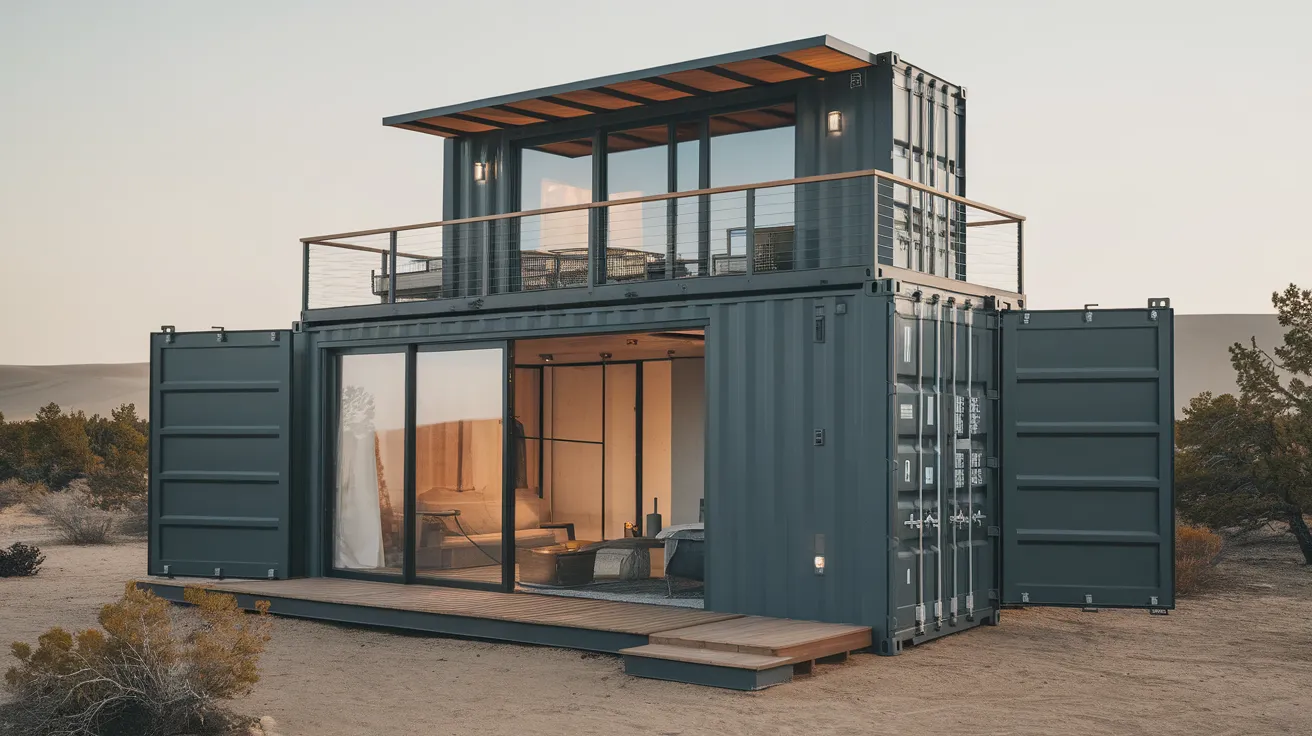
Shipping containers turn into dream homes. These cabins take industrial materials and turn them into beautiful living spaces.
It’s recycling meets architectural innovation, proving that creativity knows no bounds.
Construction Methods:
- Repurposed shipping containers
- Welding and cutting to create openings
- Modular design approach
- Can be combined or stacked
Benefits:
- Affordable construction
- Recycled material use
- Highly customizable
- Unique appeal
Choosing the Right Cabin Style
Finding your perfect cabin is like finding your soulmate. It’s not just about looks, it’s about connection, comfort, and a sense of belonging.
1. Identifying Your Cabin’s Purpose
Not all cabins are created equal. When I started my cabin search, I quickly realized that purpose is everything.
Are you dreaming of a weekend getaway, a full-time home, or a potential rental property?
Each goal shapes your ideal cabin differently. A rental needs durability and broad appeal, while a personal retreat can match your unique style.
2. Location Matters More than You Think
Your cabin’s location is like choosing a dance partner. Mountains whisper differently than lakefronts. Forest settings bring their own magic.
Rocky terrain demands different design choices compared to flat, open landscapes.
I’ve seen cabins that blend perfectly with their surroundings and others that stick out like a sore thumb.
3. Budget
Let’s talk money, honestly and directly. Cabins aren’t just about the initial price tag. Maintenance costs can surprise you faster than a surprise winter storm.
A log cabin might look dreamy, but it requires more upkeep than a modern prefab design. Some styles age like fine wine, others like milk left in the sun.
4. Lifestyle Compatibility Check
Your cabin should feel like an extension of your life, not a burden. Are you a solitude seeker or an entertainment guru?
Imagine hosting friends in a tiny A-frame versus spreading out in a spacious ranch-style cabin. Some layouts welcome guests, while others are perfect for solo retreats.
5. Visualization is Your Secret Weapon
When in doubt, create a vision board. Pinterest isn’t just for recipes and workout plans. Collect images that speak to you.
Visit different cabin styles if possible. Walk through them. Feel the spaces. Sometimes, your perfect cabin reveals itself when you least expect it.
Pro tip: Trust your gut. Your ideal cabin is out there waiting; it’s just a matter of finding it.
Conclusion
Cabins are like people; no two are exactly alike. One thing became crystal clear: there’s no universal blueprint for the perfect cabin.
What works for a mountain hermit might feel like a nightmare for a social butterfly.
Your cabin is more than wood, glass, and stone. It’s a reflection of your soul. Some of us crave simplicity, others want modern comforts.
The magic happens when you listen to your heart and match a style that speaks your language.
Don’t rush. Take time to dream and imagine. Visit different cabins. Sketch your ideas. Let your imagination run wild. Trust the process.
Your dream cabin is out there, or waiting to be built. Let it reflect who you are.

